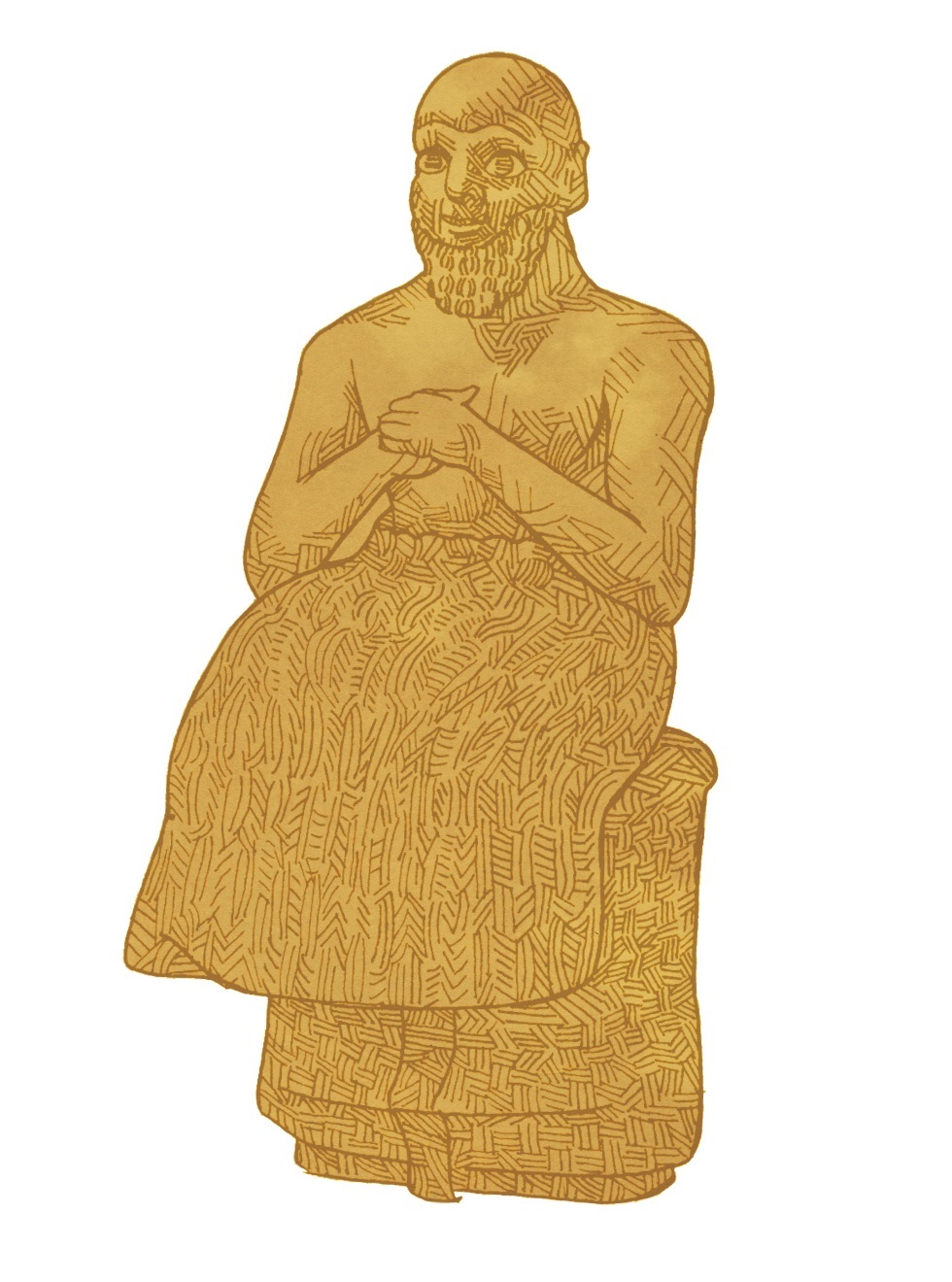Double Meaning in the Parable of the Poor Man's Ewe (2 Sam 12:1–4)
DOI:
https://doi.org/10.5508/jhs.2013.v13.a14Abstract
The parable of the poor man's ewe (2 Sam 12:1–4) is best interpreted along two separate axes as a commentary upon the David and Bathsheba narrative in 2 Samuel 11. In one, the parable is an allegory for the sin of adultery with Bathsheba. In the other, the parable is an allegory for the sin of the murder of Uriah. This double interpretation of the parable matches Nathan's censure of David in 12:9–12. In this pericope the prophet twice uses the formulaic opening, “thus says the Lord,” introducing two separate censures, one that focuses exclusively on the sin of adultery, and one on the sin of murder.

 Statue of Ebih-Il, drawing by Simeon Goa, © Journal of Hebrew Scriptures
Statue of Ebih-Il, drawing by Simeon Goa, © Journal of Hebrew Scriptures
